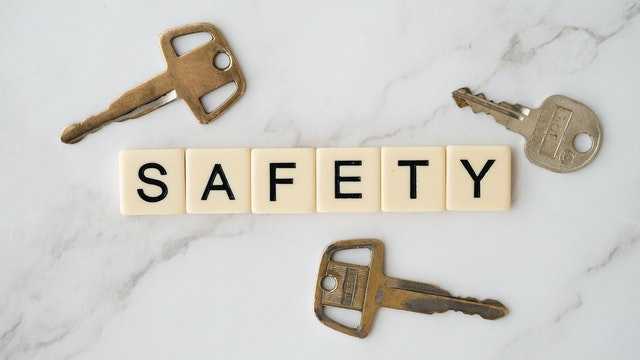Online Safety - What Is Digital Footprint

Anything online that is about you or that you put out is your digital footprint. Social media, your own website, and articles about or written by you are all examples of this.
What is a digital footprint?
Keep in mind that your digital footprint includes not only things you actively post online, such as photos or Facebook status updates, but also information from more passive online activities.
.jpg)
What is your digital footprint and how is it used?
This spans all of the time and doesn't just include what's at the top of the page—it can include both easy and difficult-to-find information.
Personal information
Personal information about you, such as demographics, religion, political affiliations, and interests, is frequently obtained from your digital footprint.
Cookies
Cookies, which are small files that websites save on your computer after your first visit to track user activity, could be used to gather information.
Cookies also allow you to keep track of items in your shopping cart, save login information, and receive personalized recommendations based on your location or interests.
Advertisers use your digital footprint to target you with personalized ads. If you look at a pair of shoes online, for example, you may see ads for those shoes or similar items later.
Employment
Employers, both current and prospective, look at your digital footprint. If you're looking for work, it's especially important to take care of your digital footprint, as Googling is now an integral part of the hiring process.
.jpg)
Types of digital footprints
It is important to be careful while surfing the internet. Also, it is intentional and purposeful to have an active digital footprint. This is information that you knowingly post on the internet.
The various kinds of digital footprints: intentional and unintentional
Intentional digital footprints
Here are a few examples of data that is intentionally collected:
- Online Messages: Text messages and emails
- Online forms: You fill out and submit online forms.
- Comments: You've left comments on articles or videos.
- Internet use: Personal websites and blog posts
- Social media: Posts, status updates, photos, and videos on social media
Keep in mind that while you may have created that data on purpose, you may not have intended for it to last indefinitely or for other people to use it in ways you didn't intend.
Your personal photos can be viewed and accessed by anyone if your social media accounts are public.
Unintentional footprints
Similarly, your unintentional data — the data you leave behind without intending to or having a choice — creates your passive digital footprint.
The following are examples of unintentional data:
- Your web browsing activity generates cookies and tracking data.
- When you use maps and other apps that can track your location, geolocation data is generated.
- Your IP address, email address, and other personally identifiable information linked to your online activities App for Google Maps
- When you use navigation apps on your phone, data is left behind.
Dangers associated with digital footprints
When people use online services, they leave a digital footprint.
They can actively publish their own information by sharing it, such as personal information or images related to a vacation, hobby, or event. They may also unintentionally – and passively – contribute metadata to the services they use.
This could include their device's IP address, browsing habits, and 'loyalty' to any service that collects individual or anonymized user data.
The following are the most common types of risk associated with individual digital footprints that have been reported to Netsafe:
- When you publish personal information online, it can lead to bullying or harassment.
- Images or videos used in sexting, images that are abusive, or blackmail events should not be published or shared.
- Publicly disclosing personal or business information that could be used in social engineering attacks is a bad idea.
- Information that causes harm to one's reputation, such as the loss of a job, should not be published or shared.
.jpg)
What to do with your footprint
Are you worried and asking can Ido something about my digital footprint?
To begin, type your name into a search engine and see what comes up. It can be difficult to have the content removed, so think carefully about what you post or send online.
Consider who might see the content, particularly if it's shared with people who aren't your intended audience – family, friends, peers, or potential employers. Also, use privacy settings on popular platforms.
Suggestion to protect your digital footprint
- You can protect your digital footprint by following these guidelines:
- Your personal information is important to you.
- Be careful what you share and where you share it.
- Consider your online privacy and go over your platform settings.
- Manage your online reputation by calculating the potential impact of a photo, status update, comment, or review before posting it.
- Take a moment to consider the long-term impact it may have on you and those around you.
Reference
Author Bio
Contributor comprises full-time and freelance writers that form an integral part of the Editorial team of Hubslides working on different stages of content writing and publishing with overall goals of enriching the readers' knowledge through research and publishing of quality content.
Article Comments
No Comments!
At present there are zero comments on this article.
Why not be the first to make a comment?
Similar Articles
Sponsor
Search Articles
Experts Column
Latest Articles
Featured Articles
Most Popular Articles












